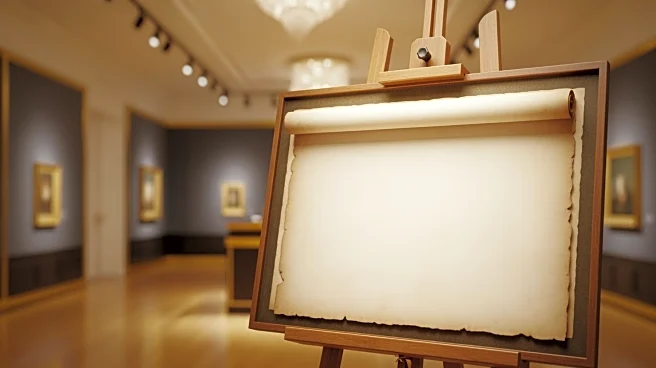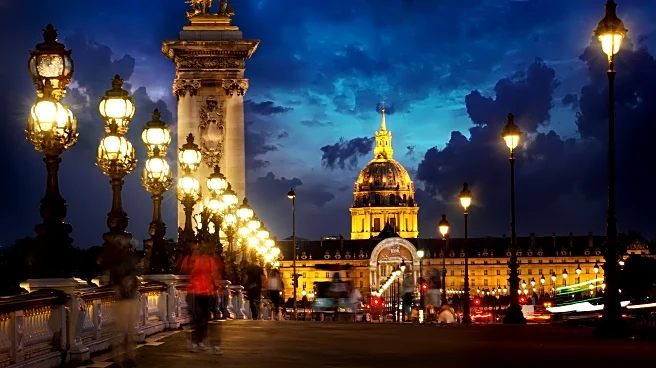The Seven Wonders of the Ancient World have long been celebrated as symbols of human achievement and creativity. These remarkable constructions not only showcased the architectural and artistic prowess
of ancient civilizations but also held significant cultural and symbolic meanings. Over the centuries, the wonders have continued to inspire and captivate people around the world.
Symbolism and Meaning
Each of the Seven Wonders held a unique symbolic significance for the cultures that created them. The Great Pyramid of Giza, for example, was not only a monumental tomb for the pharaohs but also a symbol of the ancient Egyptians' belief in the afterlife and their advanced understanding of mathematics and engineering. The Colossus of Rhodes, a towering statue of the sun god Helios, represented the strength and resilience of the people of Rhodes.
The Lighthouse of Alexandria, guiding sailors safely to the harbor, symbolized the importance of trade and navigation in the ancient world. The Mausoleum at Halicarnassus was a tribute to the power and legacy of Mausolus, a Persian satrap, while the Temple of Artemis at Ephesus was a center of worship and a testament to the artistic achievements of the Hellenistic world. The Statue of Zeus at Olympia, a masterpiece of Greek sculpture, embodied the religious and cultural significance of the Olympic Games. The Hanging Gardens of Babylon, though their existence is debated, were said to be a symbol of the lush beauty and grandeur of the Babylonian Empire.
Influence on Art and Literature
The Seven Wonders have had a profound influence on art and literature throughout history. They have been depicted in countless paintings, sculptures, and literary works, capturing the imagination of artists and writers across the ages. The wonders have served as a source of inspiration for the revival of Greco-Roman artistic styles during the Renaissance, as well as for modern interpretations of ancient themes.
The legends and stories surrounding the wonders have also contributed to their enduring appeal. Travelers and historians have recounted tales of their grandeur and magnificence, further cementing their place in the cultural consciousness. The wonders have become symbols of human creativity and innovation, representing the pinnacle of artistic and architectural achievement in the ancient world.
Modern Interpretations and Legacy
Today, the Seven Wonders of the Ancient World continue to inspire and captivate people around the globe. They have become a symbol of the enduring legacy of ancient civilizations and their contributions to human history. Modern lists of wonders, such as the New 7 Wonders of the World, have been created to celebrate contemporary achievements and natural wonders, reflecting the timeless appeal of the original wonders.
The cultural impact of the Seven Wonders is a testament to their significance and enduring legacy. They continue to inspire awe and admiration, highlighting the power of human creativity and the lasting influence of ancient civilizations on the world.














